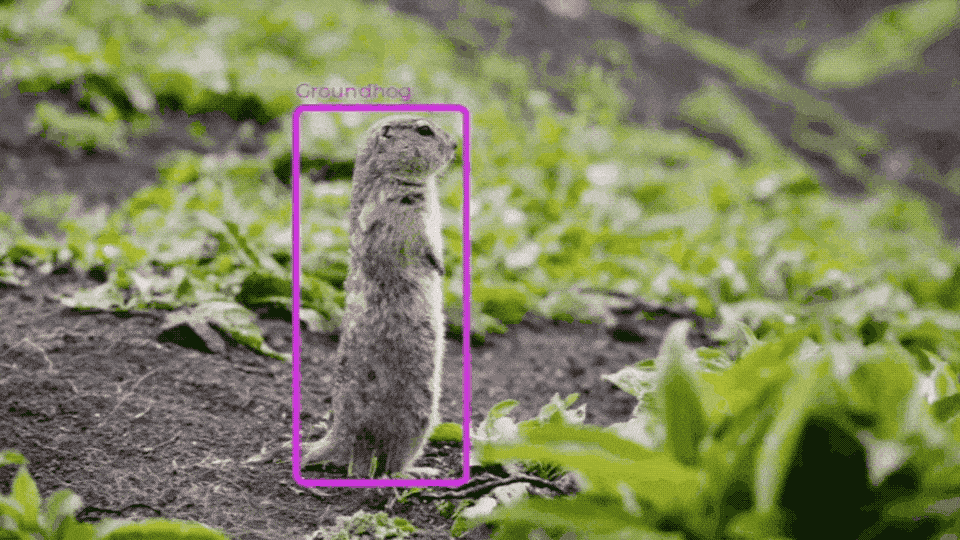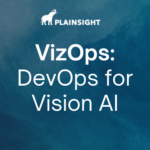Shadows don’t just mean bad news for Punxsutawney Phil and the rest of us hoping for an early spring. They can really throw off the accuracy of computer vision models too!
Shadows pose a unique problem for model accuracy, specifically in the case of instance segmentation and object detection. Without a robust dataset that includes labeled shadows, your model may mistake the shadow as an additional detection–which can skew accuracy.
One easy way to negate this is to make sure that your training dataset has diverse images that include shadows at different angles. The more shadowed images the algorithm is exposed to the better it will be at recognizing the difference between a shadow and the object that is casting it.
Managing and retraining computer vision models for variables like shadows, light levels, and even color is important when creating computer vision models for enterprise applications. Centralized computer vision solutions like Plainsight’s computer vision solution can help solve these complex problems by enabling users to track, manage and retrain model versions when new variables (like shadows) are found to impact model accuracy. Other common problems include: misclassification of background and foreground objects, the merging of objects, changing the shape and color of objects and missing objects.
Plainsight’s computer vision solution makes every step of the computer vision process faster and more accessible. AI-powered tools combined with training and maintenance assistance, help you create richer datasets and more accurate models–beyond a shadow of a doubt.




